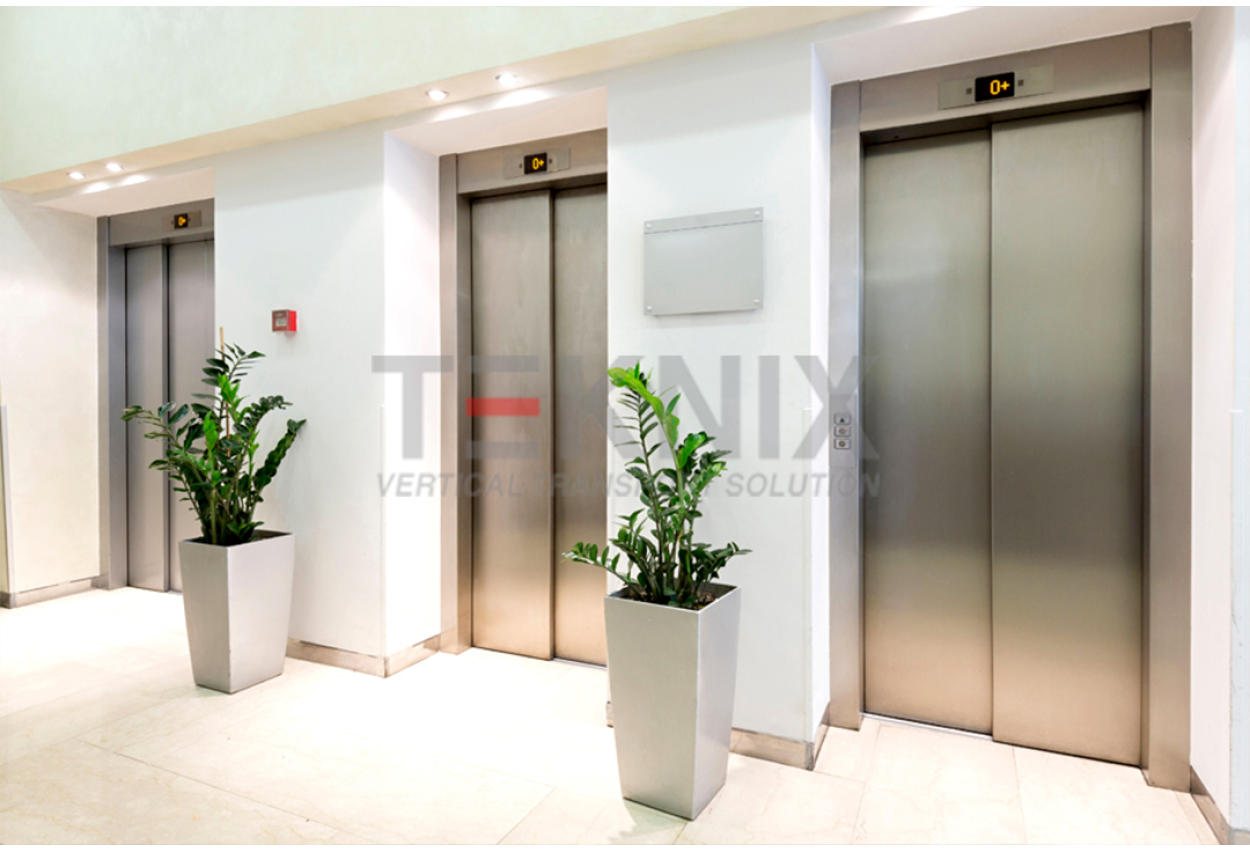We Maintain Lifts with Accuracy: Ensuring Safety and Efficiency
We Maintain Lifts with Accuracy: Ensuring Safety and Efficiency
Blog Article
Digging Into the World of Lifts: Usual Concerns Encountered by Different Lift Mechanisms
As we navigate via the vertical transportation systems of modern-day buildings, lifts stand out as a vital element of our everyday lives. From hydraulic lifts to traction systems and machine-room-less layouts, each lift type comes with its collection of usual concerns.
Hydraulic Lifts
Hydraulic lifts, typically favored for low-rise buildings, use fluid stress to regulate the activity of the elevator vehicle (lift repair companies). This system includes a hydraulic pump pressing oil right into a cyndrical tube, creating the lift to move in the desired direction. While hydraulic elevators are known for their peaceful and smooth operation, they do include their own set of typical problems
One prevalent issue with hydraulic lifts is oil leak. Furthermore, issues with the control system, such as damaged shutoffs or a malfunctioning pump, can trigger disruptions in the lift's activity.
Routine maintenance and prompt fixings are essential to ensure the smooth performance of hydraulic elevators. By dealing with these typical issues proactively, structure owners can minimize downtime and ensure the safety and security and performance of their upright transportation system.
Grip Lifts
When thinking about vertical transport systems in buildings, an additional common kind apart from hydraulic lifts is the traction lift. Traction elevators run utilizing a system of ropes and counterweights that relocate the elevator car by clutching onto the hoist ropes. This system allows for smoother and quicker vertical transport compared to hydraulic systems.
One of the usual problems faced by traction lifts is rope wear. The continuous activity of the ropes within the traction system can bring about damage with time, potentially causing the elevator to malfunction or come to be dangerous for use. Normal evaluations and upkeep of the ropes are vital to ensure the elevator's correct performance and safety.
An additional issue that grip elevators may run into is associated with the control system. Issues with the control system can lead to concerns such as irregular movement, delays in feedback times, and even total shutdowns. Routine screening and maintenance of the control system are critical to avoid such concerns and ensure the elevator's reliability.
Machine-Room-Less (MRL) Lifts

One of the vital elements of MRL lifts is the small gearless traction maker that is installed within the hoistway. This equipment effectively drives the elevator auto without the requirement for bulky devices found in conventional grip lifts. Furthermore, MRL lifts generally use a counterweight system to balance the auto, further boosting their energy performance.
Regardless of their advantages, MRL elevators might encounter challenges connected to upkeep and fixing because of the constrained space for devices setup. Accessibility for servicing components within the shaft can be limited, needing specialized training for technicians. Appropriate upkeep timetables and regular evaluations are important to make certain the ongoing smooth procedure of MRL lifts.
Overloading and Weight Limitation Issues
Straining and weight restriction concerns are essential concerns in lift procedures. Elevator manufacturers discover here design raises with certain weight capabilities to make sure traveler safety and equipment long life.
When lifts are overloaded, it places too much stress on the electric motor, wires, and other components, potentially creating breakdowns or break downs. If they identify excess weight, security mechanisms such as sensing units and overload sensors are in location to prevent lifts from moving. Additionally, going beyond weight limits can bring about enhanced power consumption and damage on the elevator system.
To reduce overloading problems, constructing managers need to prominently present weight limits in elevators and enlighten owners on the relevance of adhering to these limitations - lift repair companies. Regular maintenance checks by certified specialists can additionally assist ensure that lifts are operating within risk-free weight criteria. By dealing with overloading and weight restriction issues proactively, building proprietors can enhance lift safety and security and efficiency
Electrical System Failings
Going beyond weight limits in elevators can not just lead to mechanical issues but also possibly contribute to electrical system failures within the lift infrastructure. Electrical system failures are a critical worry in lift procedure, as they can create unexpected shutdowns, malfunctions, and even security threats. One usual electric issue is the overheating of components because of extreme present circulation created by overloading the elevator beyond its capability. This can cause harm to the circuitry, control, or motor systems, leading to costly repair work and downtime.
Moreover, power rises or changes in the electrical supply can also interfere with the lift's operation, affecting its efficiency and security. These electrical disruptions can damage sensitive lift elements such as control panels, motherboard, or sensing units, resulting in system failures. Normal a fantastic read maintenance and evaluations are important to identify and resolve prospective electrical issues promptly, ensuring the efficient and safe procedure of elevator systems. By sticking to weight limitations and carrying out regular electrical system checks, structure proprietors can reduce the risk of electric failures in elevators.
Verdict
Hydraulic elevators, frequently chosen for low-rise buildings, utilize fluid check my blog stress to regulate the activity of the elevator vehicle.When taking into consideration vertical transport systems in buildings, one more common type apart from hydraulic elevators is the grip lift. Traction lifts run using a system of ropes and weights that move the elevator auto by grasping onto the hoist ropes. Unlike traditional lifts that call for a different equipment room to house the devices, MRL elevators integrate many of the components within the shaft, getting rid of the demand for a specialized equipment room.In final thought, lifts encounter common problems such as hydraulic breakdowns, traction system failures, and electric system troubles.
Report this page